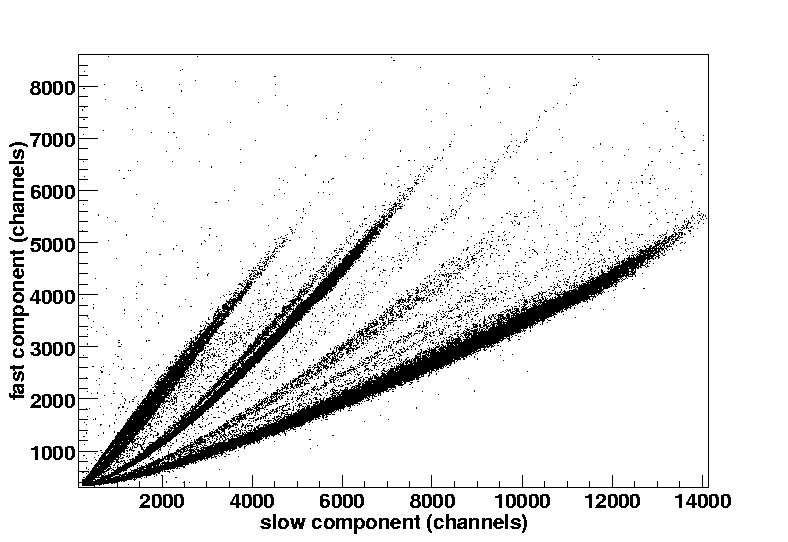 The availability of energetic, light- and heavy-ion beams from the K500 superconducting cyclotron provides many possibilities for exploring new aspects of nuclear behavior. Using a wide variety of projectiles and bombarding energies, we achieve a more detailed understanding of the dynamics of nuclear collisions, casting new light onto the temporal evolution of quantal systems under a broad range of conditions and yielding fertile testing grounds for theories of many-body systems, chaotic-regime dynamics and the statistical mechanics of strongly-interacting, finite systems. At the same time, we investigate the properties and the decay modes of nuclear systems up to their very limits of thermal and rotational stability.
The availability of energetic, light- and heavy-ion beams from the K500 superconducting cyclotron provides many possibilities for exploring new aspects of nuclear behavior. Using a wide variety of projectiles and bombarding energies, we achieve a more detailed understanding of the dynamics of nuclear collisions, casting new light onto the temporal evolution of quantal systems under a broad range of conditions and yielding fertile testing grounds for theories of many-body systems, chaotic-regime dynamics and the statistical mechanics of strongly-interacting, finite systems. At the same time, we investigate the properties and the decay modes of nuclear systems up to their very limits of thermal and rotational stability.
Advanced instrumentation plays a key role in these investigations. A 4π neutron and charged-particle detection system, NIMROD, and FAUST, a forward array capable of isotopic resolution, are used to study these collisions. Dynamic and thermodynamic information is derived from the observed multiplicities, energies, angular distributions and isotopic composition of the particles and fragments produced.
Besides the obvious implications of an improved understanding of nuclear behavior, reaction-mechanism studies can profoundly impact other areas of science. In particular, thermodynamic information concerning the behavior of nuclear systems derived from these investigations can shed light on the nuclear equation of state. This yields important input data required to solve problems in nuclear astrophysics, such as the Big Bang, stellar evolution and the dynamics of supernova explosions.

